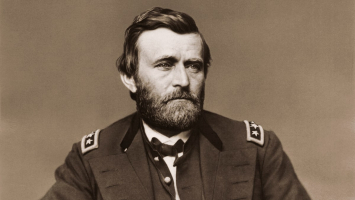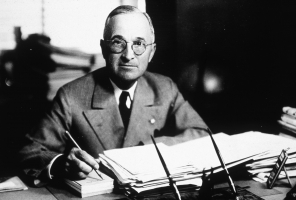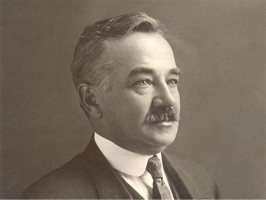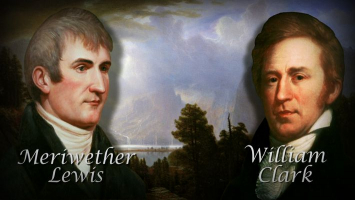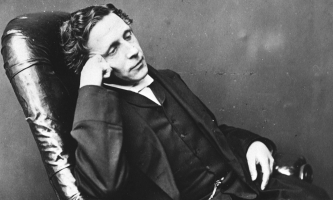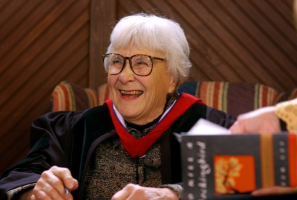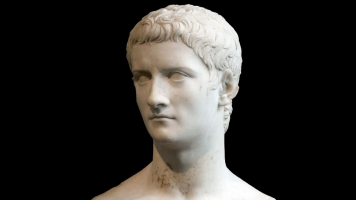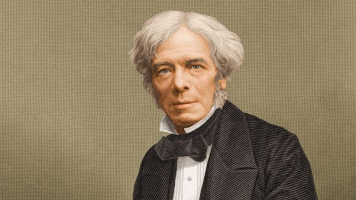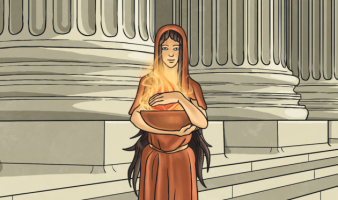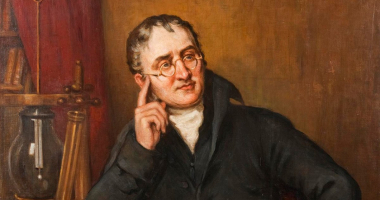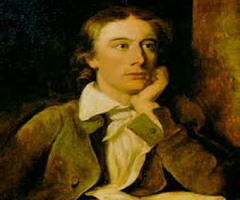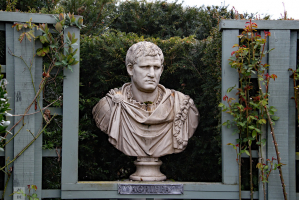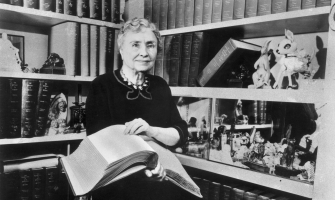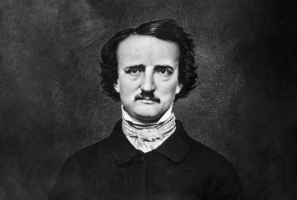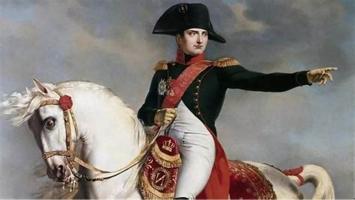Top 10 Interesting Facts about C.S. Lewis
You don't know Jack very well if all you know about C. S. Lewis is from his Narnia novels. Of course, Lewis was known to his buddies as "Jack." We've compiled ... read more...ten exciting facts about C. S. Lewis and his work as he is one of the critical characters in 20th-century children's literature and Christian apologetics.
-
On November 29, 1898, Clive Staples Lewis was born in Belfast, Ulster, Ireland (before division). His father, solicitor Albert James Lewis (1863–1929), immigrated to Ireland from Wales towards the middle of the 19th century. Lewis's mother, Florence Augusta Lewis née Hamilton (1862–1908), often known as Flora, graduated from the Royal University of Ireland (now Queen's University Belfast) during a time when women were less likely to obtain degrees. She was the great-granddaughter of Bishop Hugh Hamilton and John Staples and the daughter of Church of Ireland priest Thomas Hamilton. Warren Hamilton Lewis was Lewis's older brother. His maternal grandpa performed his baptism on January 29, 1899, at St. Mark's Church in Dundela.
Lewis at 4, took the name Jacksie when his dog Jacksie was killed by an automobile. He first refused to use any other names, but he eventually agreed to choose Jack, which became his lifelong moniker among friends and family. His family moved into "Little Lea," his boyhood home when he was seven years old. It is located in the Strandtown neighborhood of East Belfast.
Lewis was a bit of a prodigy, he could read at the age of three, and by the time he was five, he was penning tales about a fantastical realm full of "dressed animals", drawing inspiration from the Beatrix Potter tales that were being released at the time Lewis was growing up. Lewis has always enjoyed reading. Finding anything to read at his father's place was as simple as entering a field and "finding a new blade of grass," he later said in a letter.
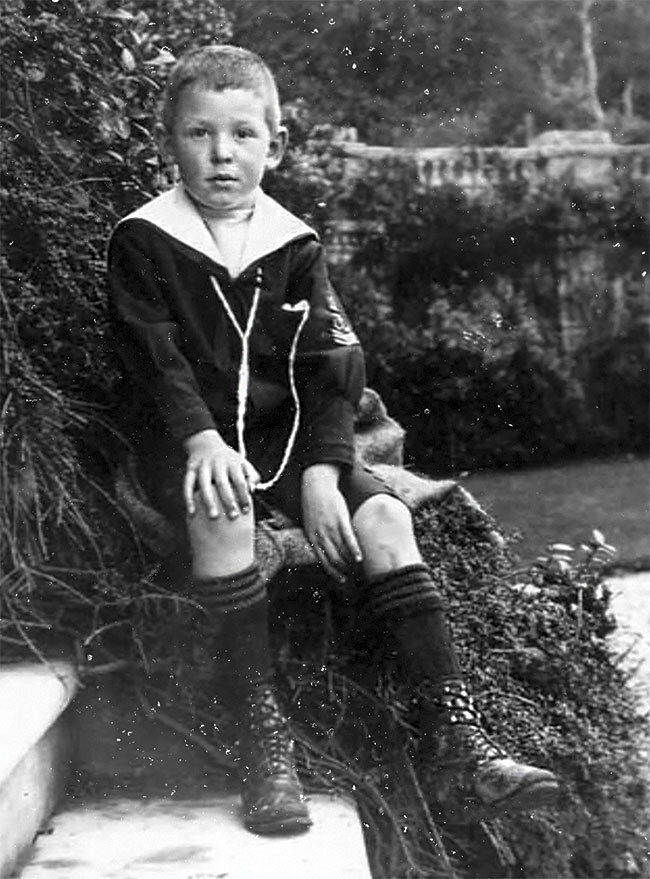
Lewis was child -- www.tyndale.com 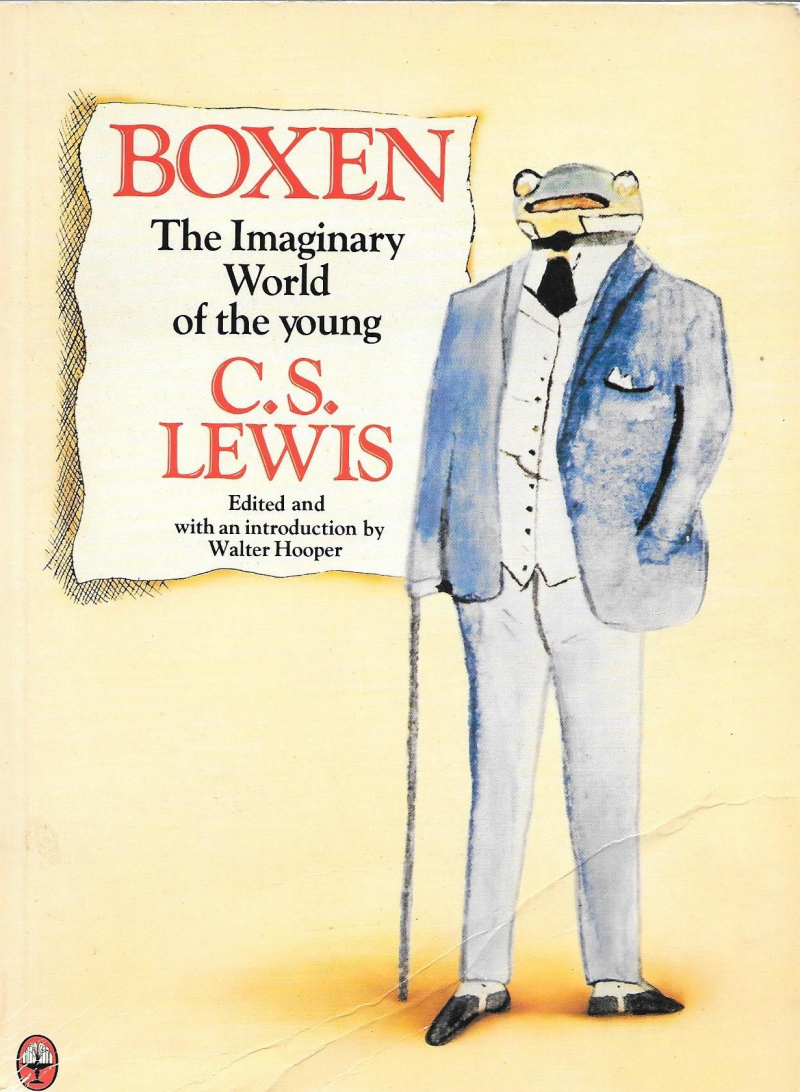
The first book Boxen -- www.amazon.ca -
Lewis' extensive connections to Oxford and Cambridge led some people to believe he was an Englishman, which is one of the interesting facts about C.S.Lewis. But truth he was Irish, having been born on November 29, 1898, in Belfast, Ireland. He was so Irish that his distinctive Irish accent caused him to be ridiculed when he initially started attending school in England. This made him dislike the English, but over years of engagement, he overcame his prejudice.
When Lewis first arrived in England, he was subjected to a certain cultural shock: "No Englishman will be able to appreciate my initial impressions of England," he wrote in Surprised by Joy. The English scenery was the worst, the unusual dialects with which I was surrounded "seemed like the voices of devils." "I have made up the disagreement afterward, but at that time I formed a hatred for England which took many years to cure."
Besides, Lewis experienced bullying in school because he wasn't good at athletics. Because Lewis had a single-jointed thumb rather than a two-jointed thumb like other people. He was unable to throw, catch, or hit balls due to his hand anatomy. Despite this, Lewis liked working out hard, and he was incredibly athletic. He enjoyed riding his bike, swimming, rowing, and quick treks across the countryside through rocky hills and mountains.
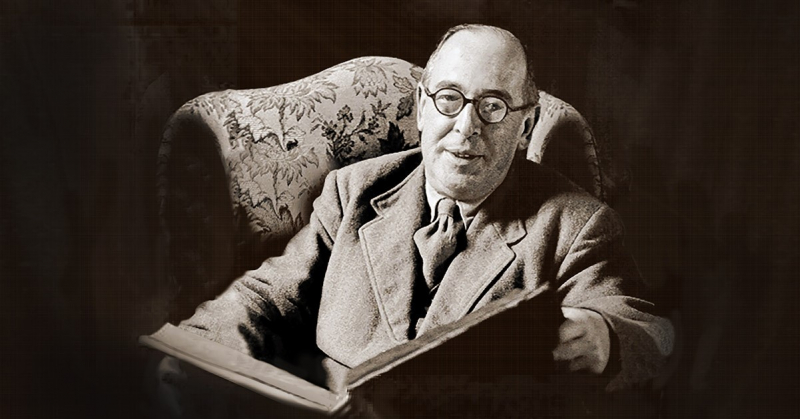
faithandamericanhistory.wordpress.com 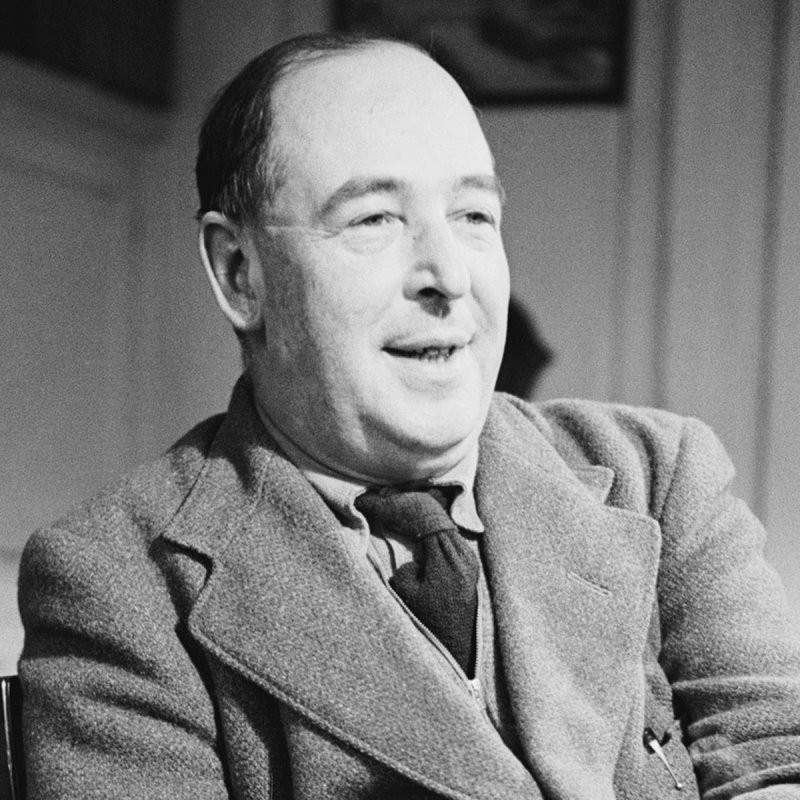
faithandamericanhistory.wordpress.com -
Lewis enrolled at University College in Oxford during the summer term of 1917, and soon after, he joined the university's Officers' Training Corps, which he described as his "most promising way into the army." After that, he was enlisted for training in a cadet battalion, which is one of the interesting facts about C.S.Lewis. After completing his training, he was commissioned as a Second Lieutenant into the Somerset Light Infantry's 3rd Battalion of the British Army. He was then transferred to the regiment's 1st Battalion, which was then serving in France (he would not remain with the 3rd Battalion as it moved to Northern Ireland). He was sent to France by the British Army to serve in the First World War just months after joining Oxford.
Lewis landed on the front line in the Somme Valley in France on his 19th birthday (29 November 1917), when he first saw trench warfare. Lewis was injured and two of his comrades were killed by a British shell that missed its mark on April 15, 1918, while the 1st Battalion, Somerset Light Infantry attacked the town of Riez du Vintage during the German spring offensive. During his recuperation, he struggled with depression and homesickness, and when he was discharged in October, he was given a job assignment in Andover, England. After being demobilized in December 1918, he immediately resumed his studies. In a subsequent letter, Lewis claimed that his atheism and pessimism were caused by his exposure to the horrors of war, the death of his mother, and his misery at school.
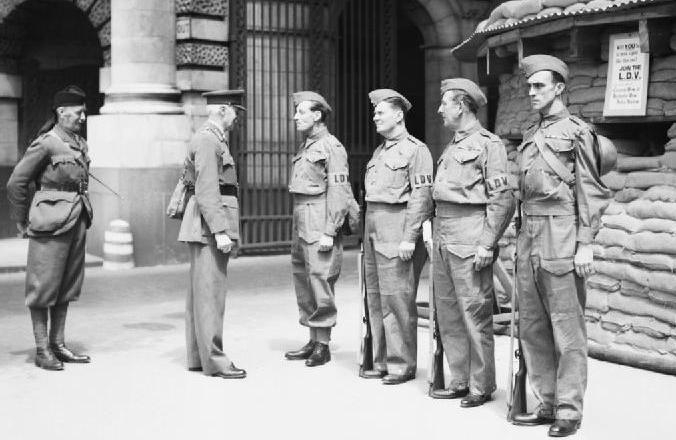
mereinkling.net 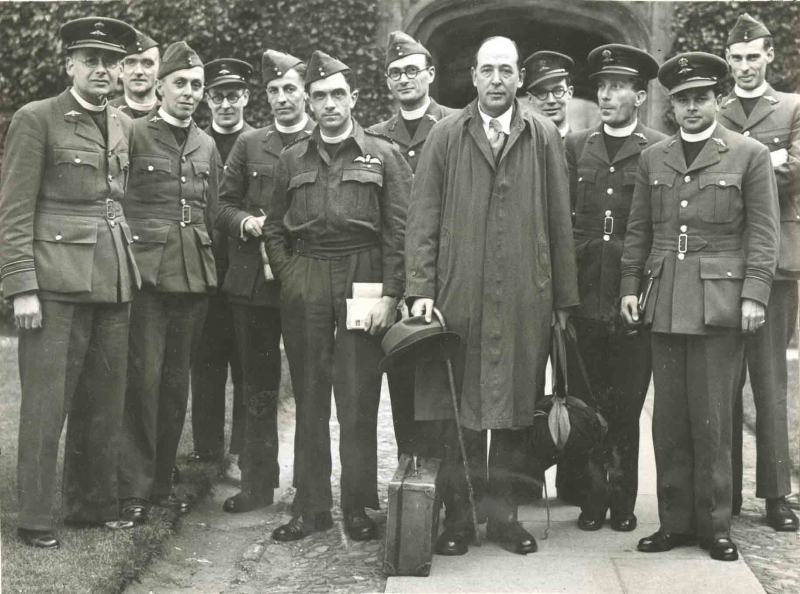
wadecenterblog.wordpress.com -
Edward Courtnay Francis "Paddy" Moore (1898–1918), another cadet, and Lewis shared a room while Lewis was undergoing military training. According to Maureen Moore, Paddy's sister, the two agreed that if one of them died in the war, the other would take care of both of their families. In 1918, Paddy was killed in battle, and Lewis kept his word. Paddy's mother, Janie King Moore, was previously introduced to him by Paddy. Lewis and Janie King Moore were best friends when Paddy first introduced them. Lewis was 18 when they first met, and Janie was 45. Lewis valued his relationship with Moore while he was receiving medical care for a wound in the hospital because his father didn't show up.
In the last years of her life, Moore developed dementia, and she was eventually sent to a nursing facility, where she died in 1951. Lewis visited her daily at this home until her death. life. He often called her mother, called her by that name in his correspondence, and gradually developed a very close relationship with her. Lewis' mother passed away when he was a boy and his eccentric, aloof, and demanding father. Throughout his life, Lewis praised Mrs. Moore, telling his friend George Sayer that "She was generous and taught me to be kind too." Lewis called Janie and Greeves "the two people who mean the most to me in the world" in a letter he wrote to his childhood friend Arthur Greeves in December 1917.
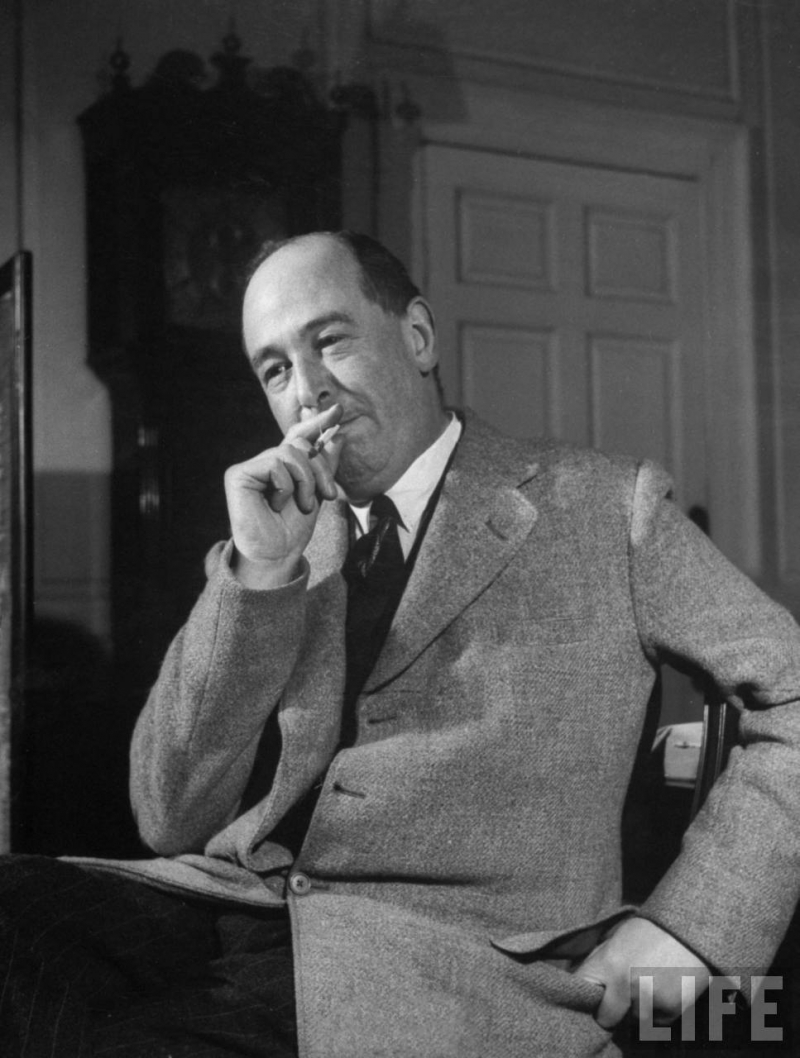
evolutionnews.org 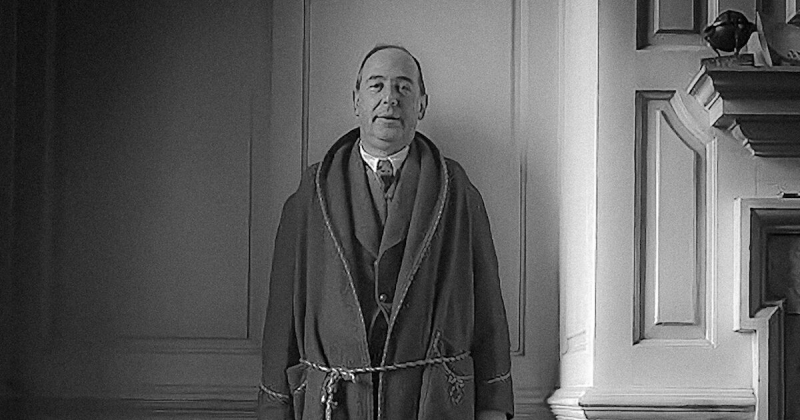
evolutionnews.org -
Lewis loved to write, but poetry was his first love. The collection of poems that Lewis wrote as a teenager made up his first book. He created poetry on purpose in hopes of becoming a famous poet, so that he could publish it and make a splash. The collection of poems that Lewis wrote as a teenager made up his first book. He created poetry on purpose in hopes of becoming a famous poet, so that he could publish it and make a splash. His debut work, Spirits in Bondage: A Cycle of Lyrics, was released in 1919, a year before he turned 21. By the time he was 16 or 17, he had written almost an entire book. Lewis did not believe in God at the time, and the content reflects that view. Not many books are sold.
Dymer, his second collection of poetry, was published in 1926 but did not fare well. He continued to write poetry throughout his life, and many of them were published in various media, but he did not submit any of them to student publications. His first two collections of poetry, Spirits in Bondage and Dymer, both published early in his career, are attributed to Clive Hamilton (Clive is his first name, while Hamilton is his son's first name. his mother's daughter).
Lewis' atheism and dualism, in which the spirit is beautiful and the body evil, are reflected in their poetry, most of which was written after 1917 and during the war. Lewis's interest in Irish mythology is evident in some poems, while his battle experience is recorded in others. The poems are derivative and more appealing to Lewis's philosophical understanding than their artistic merit.
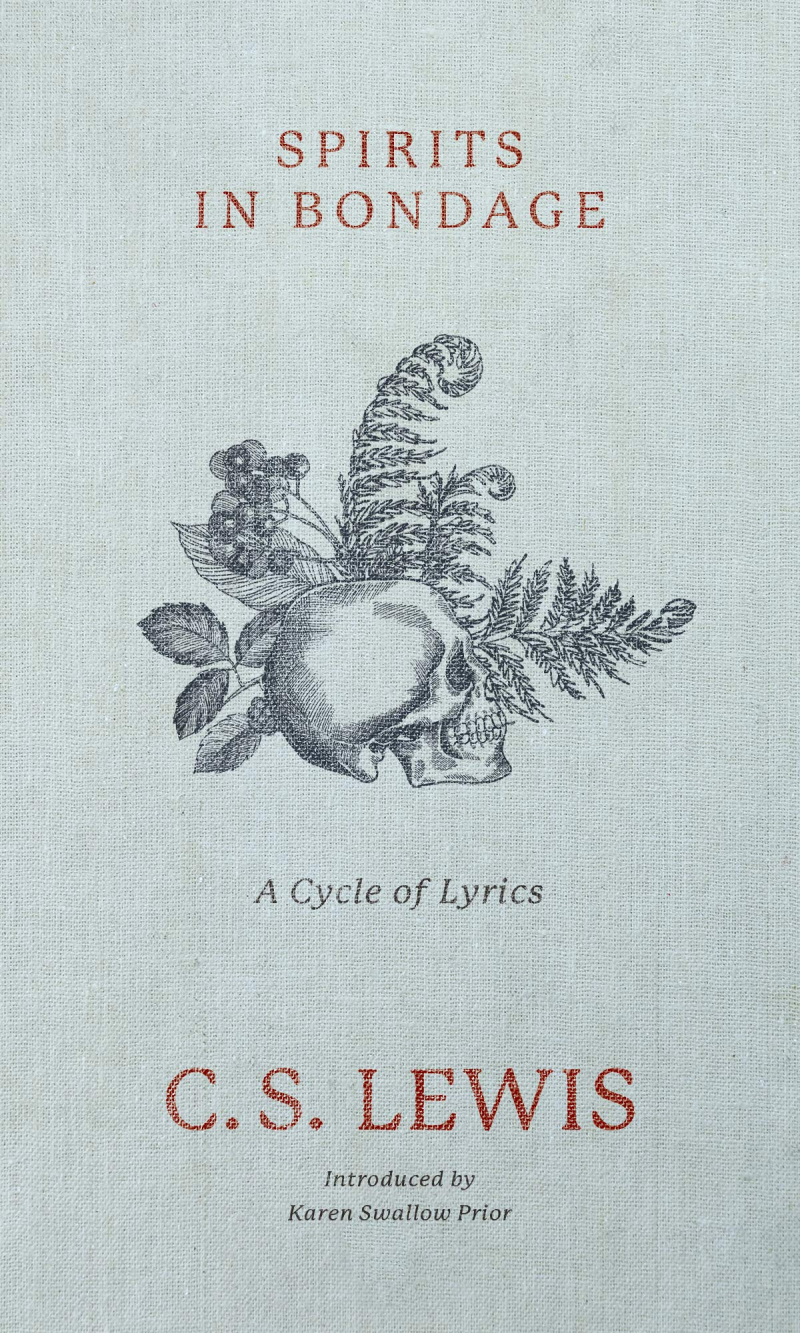
Spirits in Bondage -- www.amazon.com 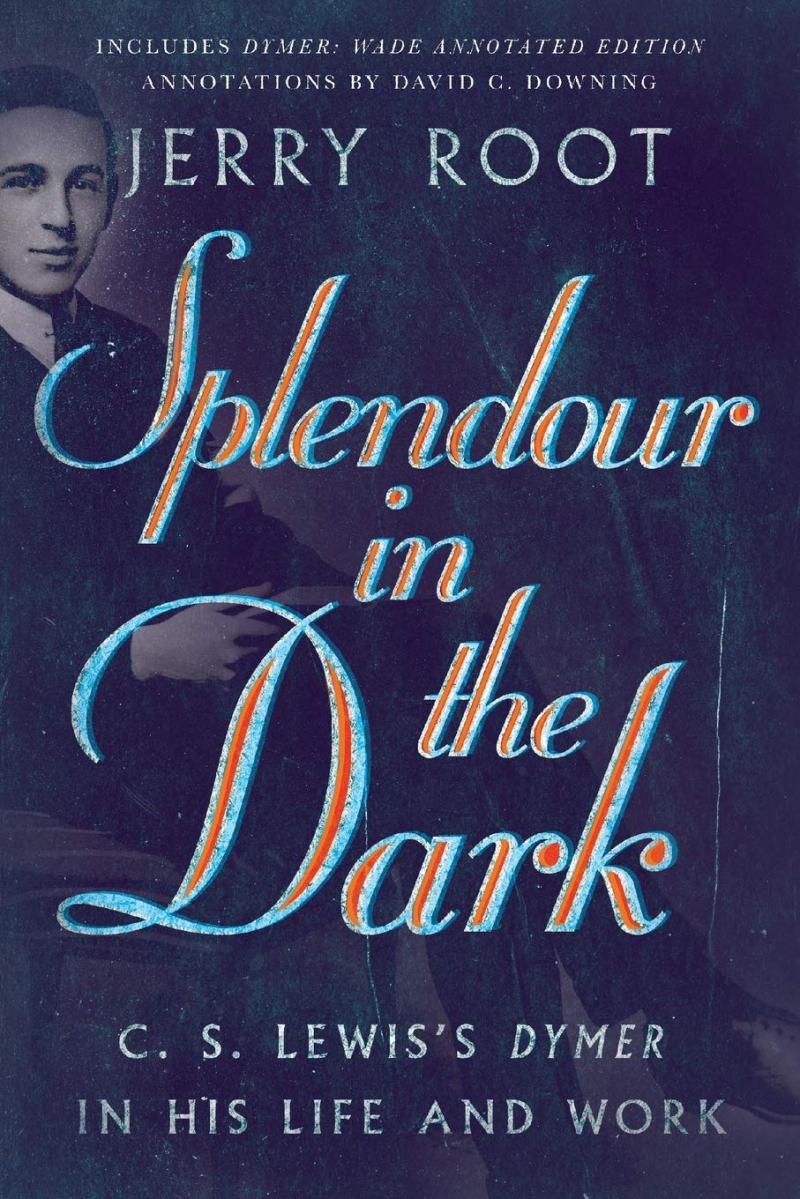
Dymer -- www.amazon.com -
Lewis earned Firsts in Greats (Philosophy and Ancient History) in 1922, a First in English in 1923, and a First in Honour Moderations (Greek and Latin literature) in 1920 after returning to Oxford University. Even though many people are aware that Lewis's first full-time post was teaching English literature at Oxford University, many fewer people are aware that he also had a brief appointment there as a philosophy instructor, which is one of the interesting facts about C.S.Lewis. Literae Humaniores, an Oxford degree that incorporates the study of ancient history, philosophy, and the classics, made him eligible for the temporary position.
He even sought a professorship in philosophy at Trinity College, Oxford but failed to get it. The temporary employment he did land at University College, Oxford, was to fill in for Edgar Frederick Carritt, Lewis's philosophy instructor. He spent 30 years there teaching, although he never received the title of professor. He was only a "don," though. What's the distinction? In the UK, a "tutor" or "lecturer" of a certain topic is known as a "don." A professor frequently serves as the department chair and has a more accommodating schedule.
At Oxford's Magdalen College, where he served for over thirty years, from 1924 to 1954, he was afterward made a Fellow. In 1954, Lewis was elected a fellow of Magdalene College and given the newly established Mediaeval and Renaissance Literature chair at Cambridge University. He said that there was no English Renaissance in his chosen academic discipline. His scholarly work largely focused on the later Middle Ages, particularly its allegoric application. His 1936 book The Allegory of Love revived the serious study of late-medieval literature like the Roman de la Rose.
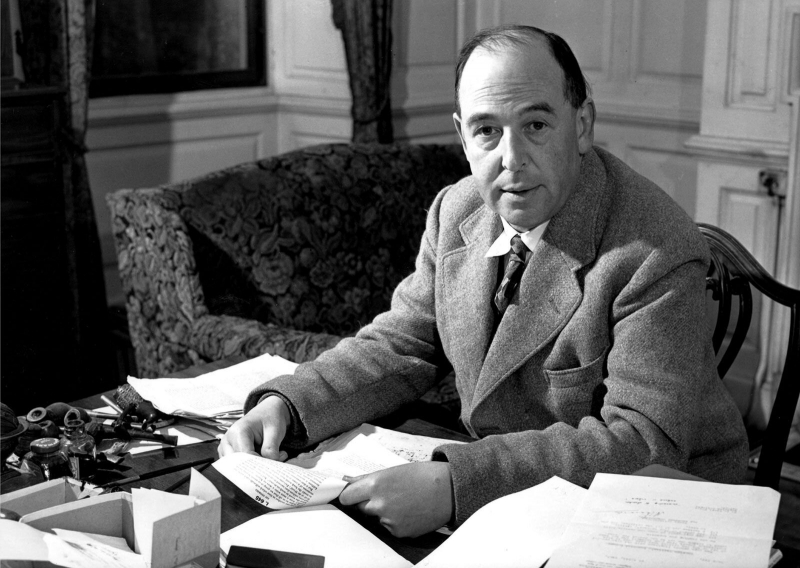
faithandamericanhistory.wordpress.com 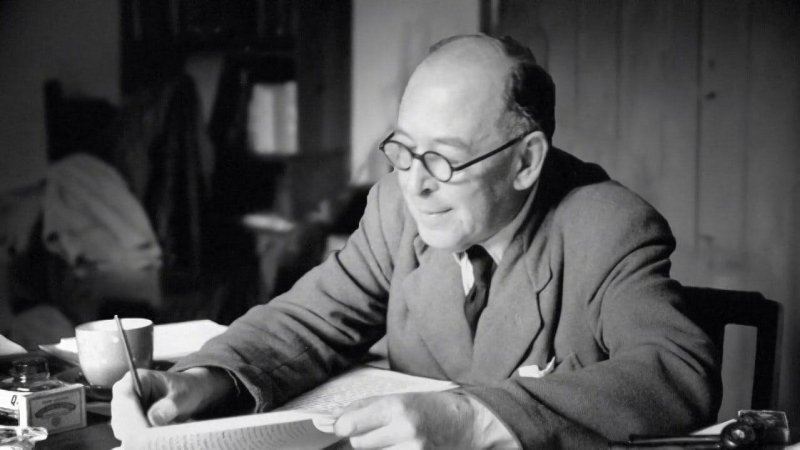
faithandamericanhistory.wordpress.com -
One of the interesting facts about C.S.Lewis is he married the same woman twice. Lewis also communicated with Joy Davidman Gresham, an American author of Jewish heritage who had formerly been a Communist and had turned to Christianity. She moved to England with her two kids, David and Douglas, after being divorced from her drunken and violent husband, author William L. Gresham. Lewis first saw her as a pleasant intellectual companion and friend. A strong friendship, which later developed into love was born out of charity and it was on this basis that he consented to enter into a formal marriage contract with her to allow her to remain in the UK. The couple was hitched in 1956.
He remarried her on March 21, 1957, in Churchill Hospital, little than a year after their first marriage, when it was anticipated that she would soon pass away from cancer. So why do it once more? It was also because he wanted to confess his love for her in front of others because few people truly knew about the first wedding. "Thou hast preserved the fine wine till now," he wrote to one acquaintance shortly after their wedding, "it's weird having at 59 the type of bliss most men had in their twenties." Thus, Lewis suffered a great loss as a result of her passing, just like he did with his mother. He addressed the sadness, rage, and uncertainty that followed over the following several years in his essay A Grief Observed.
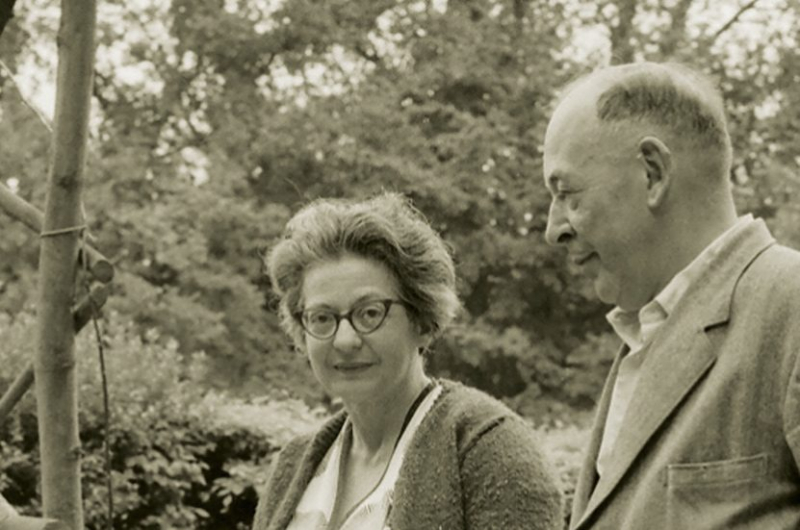
Lewis and his wife -- faithandamericanhistory.wordpress.com 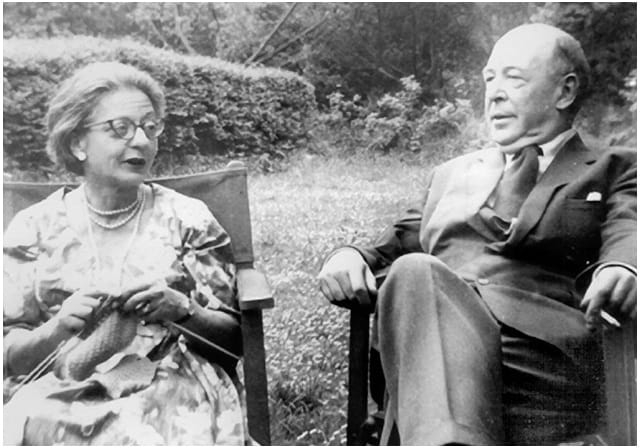
Lewis and his wife -- faithandamericanhistory.wordpress.com -
When they both worked as professors at the University of Oxford, the two men were close friends for many years. Curiously, although being well-known for their involvement in the Inklings reading club, they were also a part of the Coalbiters in the 1920s, a society created particularly to debate Icelandic literature and myth. When Lewis wrote his science fiction books, starting with Out of the Silent Planet in 1938, where the protagonist, Elwin Ransom, is a philologist, he relied on their connection just as Tolkien was. The work of the other man was criticized by the other man. Lewis noted in his notebook about Tolkien just after their first encounter: "No harm in him merely needs a whack or so."
Beyond the fact that Tolkien disliked Lewis' Narnia books (because of their allegory, of course) and that Lewis was a Protestant while Tolkien was a Roman Catholic, there are other distinctions between the two authors. Lewis was a charismatic public speaker who popularized medieval literature, but Tolkien was universally regarded as a horrible lecturer. Kingsley Amis called him "incoherent and sometimes inaudible," and Douglas Gray called him "one of the world's worst lecturers." Lewis showed little interest in textual editing, in contrast to Tolkien's meticulous and even obsessive fixation with the finer points of academic annotation. Tolkien preferred to revise medieval manuscripts rather than produce many academic books. Additionally, he detested allegory since it reduced a work's meaning to a straightforward x = y paradigm. Lewis, on the other hand, offered us The Allegory of Love.
Despite these early problems, Lewis occasionally supported the writing of his buddy and eventually suggested Tolkien for the Nobel Prize in Literature. Tolkien was denied the Nobel Prize because, in their words, his writing "had not in any way matched up to the narrative of the highest quality."
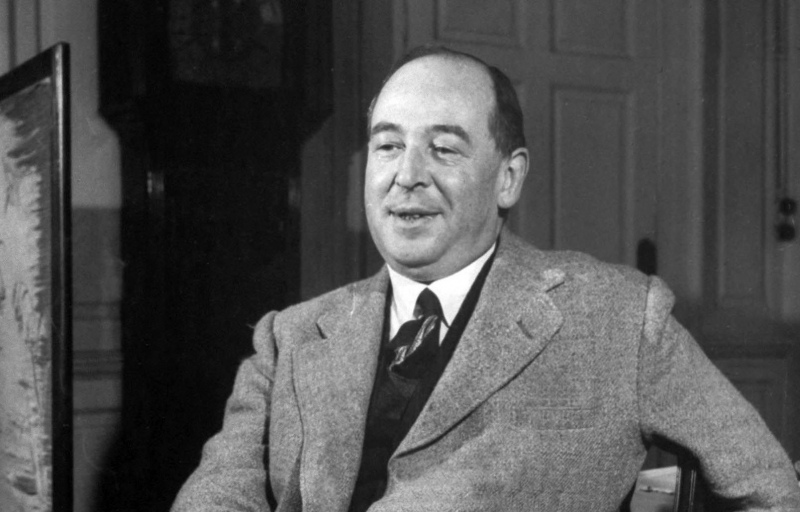
evolutionnews.org 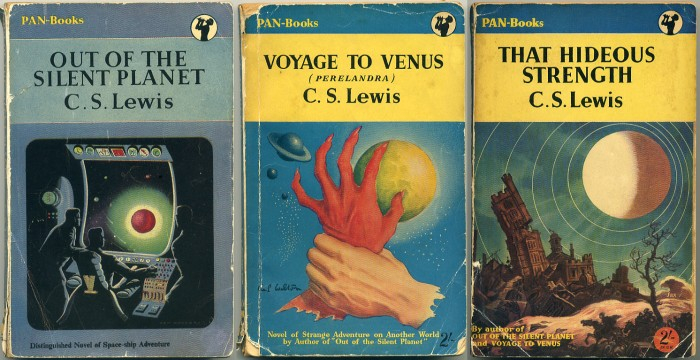
Space Trilogy -- www.churchpop.com -
Stevenson's Strange Case of Dr. Jekyll and Mr. Hyde is another work that may have been composed in this way, although its veracity is in doubt. However, in the case of Lewis, it would appear that this mythologizing of the writing process, what we might refer to as the "burn-and-return" approach is accurate. Or, at the least, he burned a children's book, however, it is unclear if this was the original manuscript for the Chronicles of Narnia. In a 1947 letter, he discussed his effort at writing a children's book, saying, "I have tried one myself but, by the unanimous opinion of my friends, it was so horrible that I burned it."
Lewis compared the feeling of reading poetry to entering a wardrobe into another world in his 1946 article titled "Different Tastes in Literature": "I did not in the least sense that I was enjoying in more quantity or higher quality a pleasure I had previously enjoyed." It was more like discovering one day that the entrance to a cabinet you had previously appreciated as a place to put jackets led to the Garden of the Hesperides. Lewis derived the name Narnia from a historical map of Narni, Italy, which was written as "Narnia" in Latin.

The Chronicles of Narnia -- www.amazon.com 
The Lion, the Witch, and the Wardrobe -- www.amazon.com -
Lewis developed nephritis at the beginning of June 1961, which led to blood poisoning. He was unable to attend Cambridge for the fall semester due to sickness, but by 1962 things had started to look up and he was able to return in April. Lewis's health kept getting better, and by early 1963, according to his buddy George Sayer, he was back to 100%. Lewis became unwell on July 15 of that year and was subsequently brought to the hospital; the next day, at 5:00 pm, he suffered a heart attack and slipped into a coma, but he surprisingly awoke at 2:00 pm. Lewis went back to the Kilns after being released from the hospital, even though he was still too sick to go back to work. Because of this, he left his position at Cambridge in August 1963.
Lewis' health deteriorated further, and in the middle of November, he was identified as having end-stage renal failure. On November 22, exactly one week before his 65th birthday, at 5:30 p.m., he passed away after collapsing in his bedroom. In the Headington, Oxford, graveyard of Holy Trinity Church, he is interred. On April 9, 1973, his brother Warren passed away and was buried in the same tomb. John F. Kennedy's assassination, which happened on the same day (about 55 minutes after Lewis's fall), as well as the passing of English writer Aldous Huxley, the creator of Brave New World, nearly totally eclipsed word of Lewis's death. The book Between Heaven and Hell: A Dialog Somewhere Beyond Death by John F. Kennedy, C. S. Lewis, and Aldous Huxley by Peter Kreeft was inspired by this occurrence. On November 22nd, according to the Episcopal Church's calendar, Lewis is remembered.
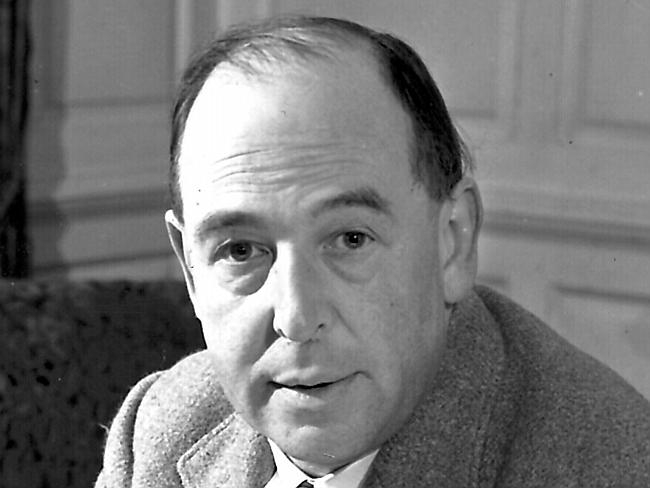
stairnaheireann.net 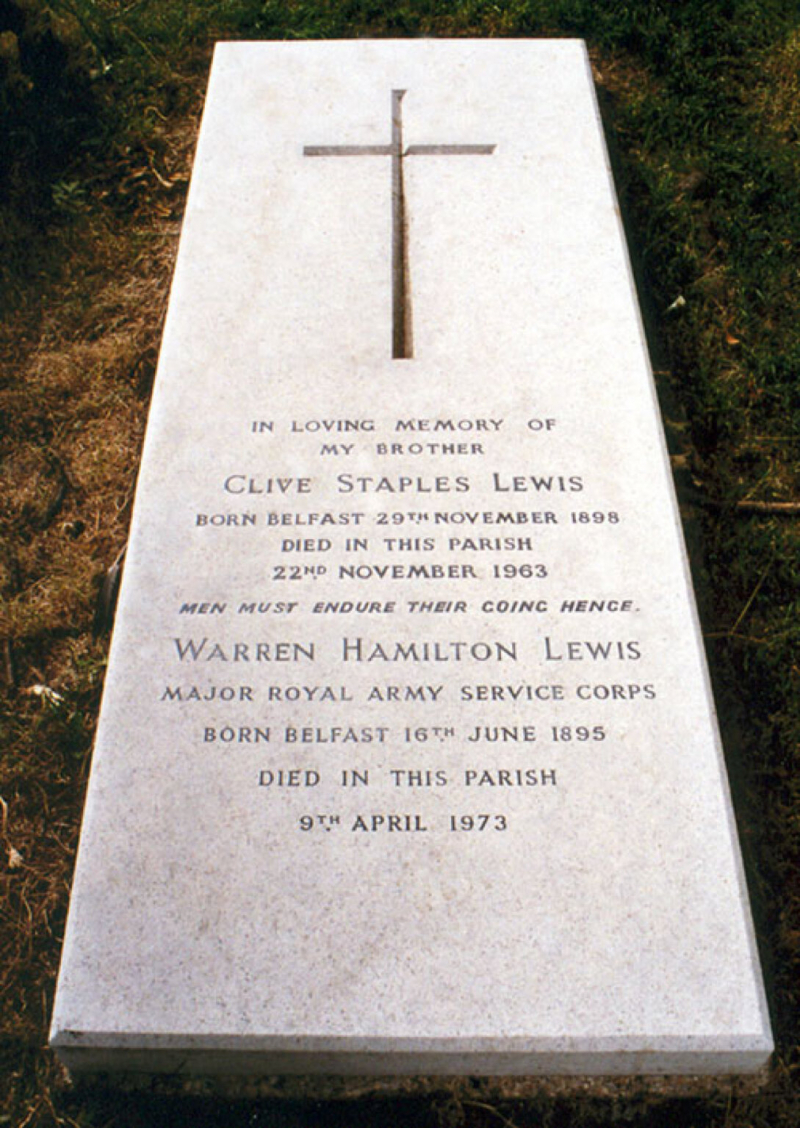
stairnaheireann.net












